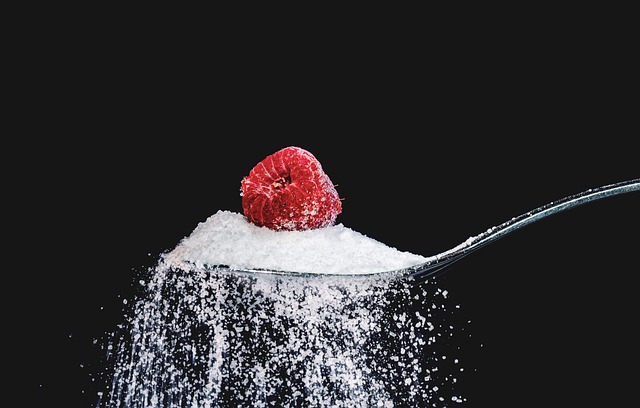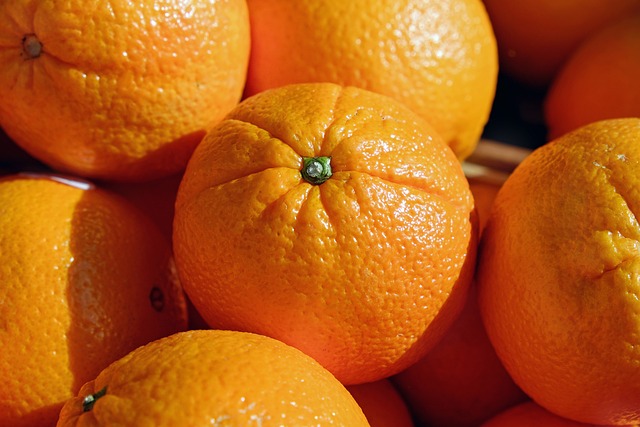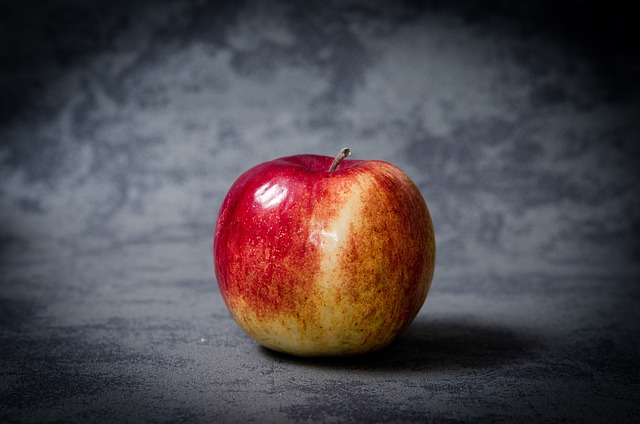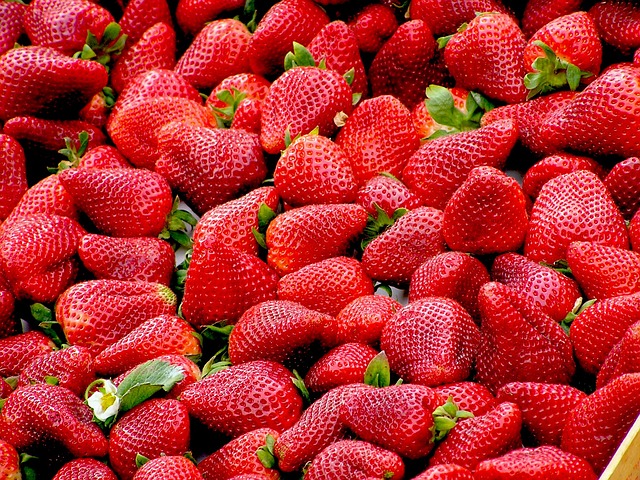Digestive Delights: Exploring Delicious Ways to Incorporate Probiotics into Your Diet
Probiotics are live microorganisms that provide a wide range of health benefits when consumed in adequate amounts. They are often referred to as “good” bacteria and are known for their positive impact on digestive health. Incorporating probiotics into your diet can help maintain a healthy gut, improve digestion, boost the immune system, and promote overall well-being.
In this blog, we will explore delicious ways to incorporate probiotics into your diet to enjoy both the health benefits and the flavorful delights they offer.
1. Yogurt and Kefir
Yogurt and kefir are two well-known sources of probiotics. They are fermented dairy products that contain live cultures of beneficial bacteria. These tasty treats can be enjoyed on their own, as a snack, or as an ingredient in various dishes. You can choose from a variety of flavors and types, such as Greek yogurt or coconut milk kefir, depending on your preferences and dietary needs.
Try making a refreshing smoothie by blending yogurt or kefir with your favorite fruits and a handful of spinach for an added nutrient boost. You can also use them as a base for your salad dressings or sauces.
2. Sauerkraut
Sauerkraut is a traditional German dish made from fermented cabbage. It is rich in probiotics, vitamins, and minerals. Fermentation enhances the nutritional value of cabbage and creates a tangy, crunchy side dish that pairs well with sausages, sandwiches, and salads. You can also incorporate sauerkraut into your main dishes, such as stir-fries or stuffed cabbage rolls.
You can find sauerkraut in most grocery stores, but it’s also fun and rewarding to make your own at home. Simply shred cabbage, mix it with salt, and let it ferment for a few weeks. The homemade version allows you to customize the flavors by adding spices or other vegetables.
3. Kombucha
Kombucha is a fermented tea beverage that has gained popularity in recent years. It is made by fermenting sweetened tea with a culture known as a SCOBY (symbiotic culture of bacteria and yeast). The result is a bubbly, tangy drink that is not only refreshing but also provides probiotics and antioxidants.
Kombucha comes in various flavors, ranging from fruity to earthy. You can enjoy it as is, or use it as a base for mocktails by mixing it with fresh fruit juice or herbal infusions. Just be sure to choose a brand that is low in added sugars to maximize the health benefits.
4. Miso
Miso is a traditional Japanese ingredient made from fermented soybeans, rice, or barley. It has a complex umami flavor and is commonly used in soups, marinades, and dressings. Miso paste can be found in most grocery stores, and you can choose from different colors and intensities. The darker the color, the stronger the flavor.
Start your day with a warming bowl of miso soup by dissolving miso paste in hot water and adding chopped tofu, seaweed, and green onions. You can also use miso as a glaze for roasted vegetables or as a flavorful addition to your salad dressings.
5. Pickles and Fermented Vegetables
Pickling is a traditional preservation technique that involves fermenting vegetables in a brine solution. This process enhances the flavor and creates a tangy, crunchy snack that is perfect for adding a probiotic punch to your meals. You can choose from a variety of vegetables, such as cucumbers, carrots, radishes, or even green beans.
Enjoy pickles as a side dish, a topping for sandwiches or burgers, or chop them up and add them to your salads for extra zing. Remember to select pickles that are naturally fermented and avoided those made with vinegar, as they won’t provide the same probiotic benefits.
Conclusion
Incorporating probiotics into your diet can be both delicious and beneficial for your overall health. From yogurt and kefir to sauerkraut and miso, there are numerous enjoyable ways to introduce these “good” bacteria into your meals. Experiment with different recipes and flavors to find the probiotic-rich foods that you enjoy the most.
Remember, it’s best to consume a variety of probiotic-rich foods as each source offers a unique blend of bacterial strains. Additionally







